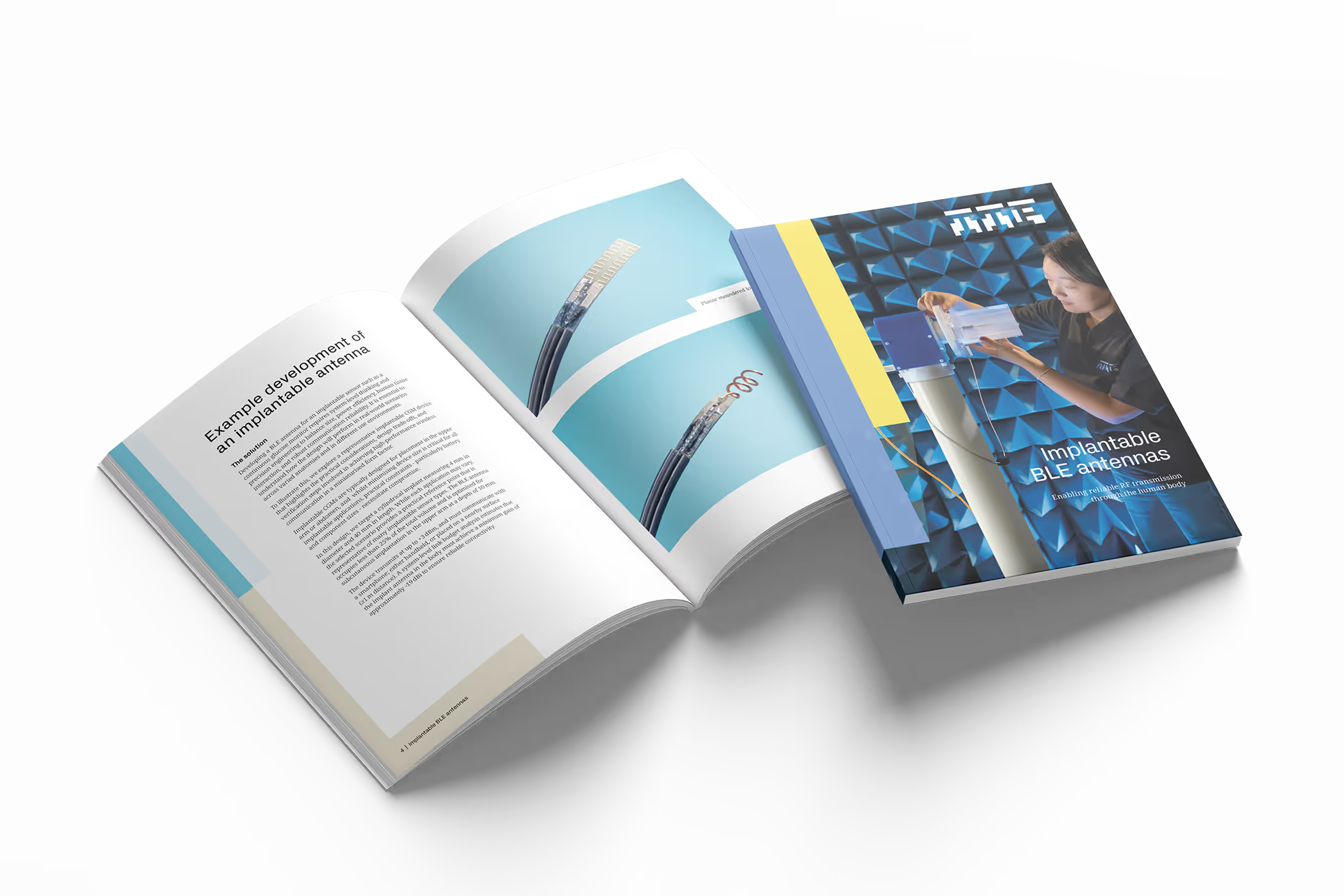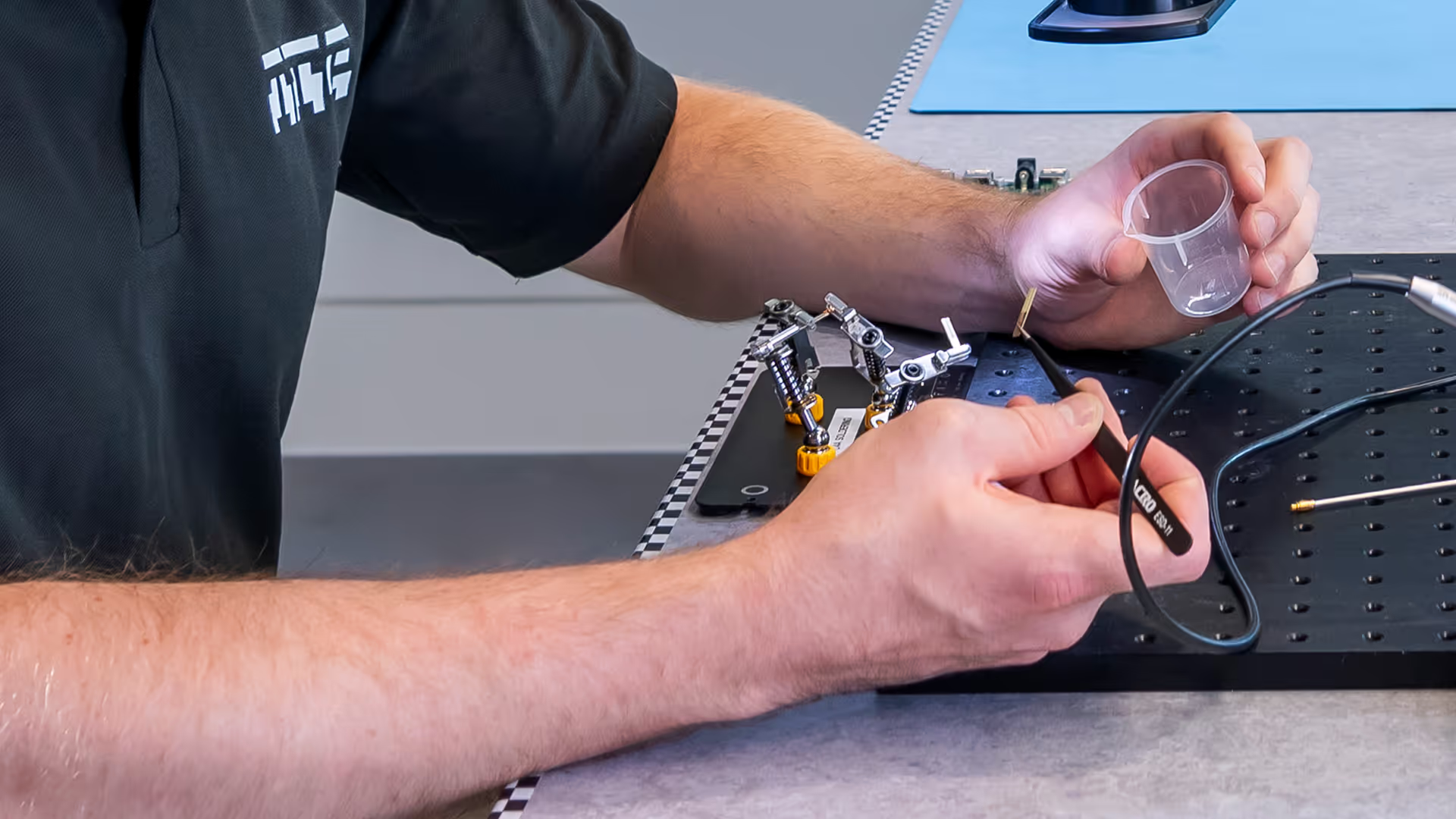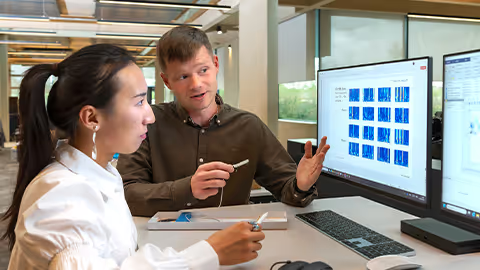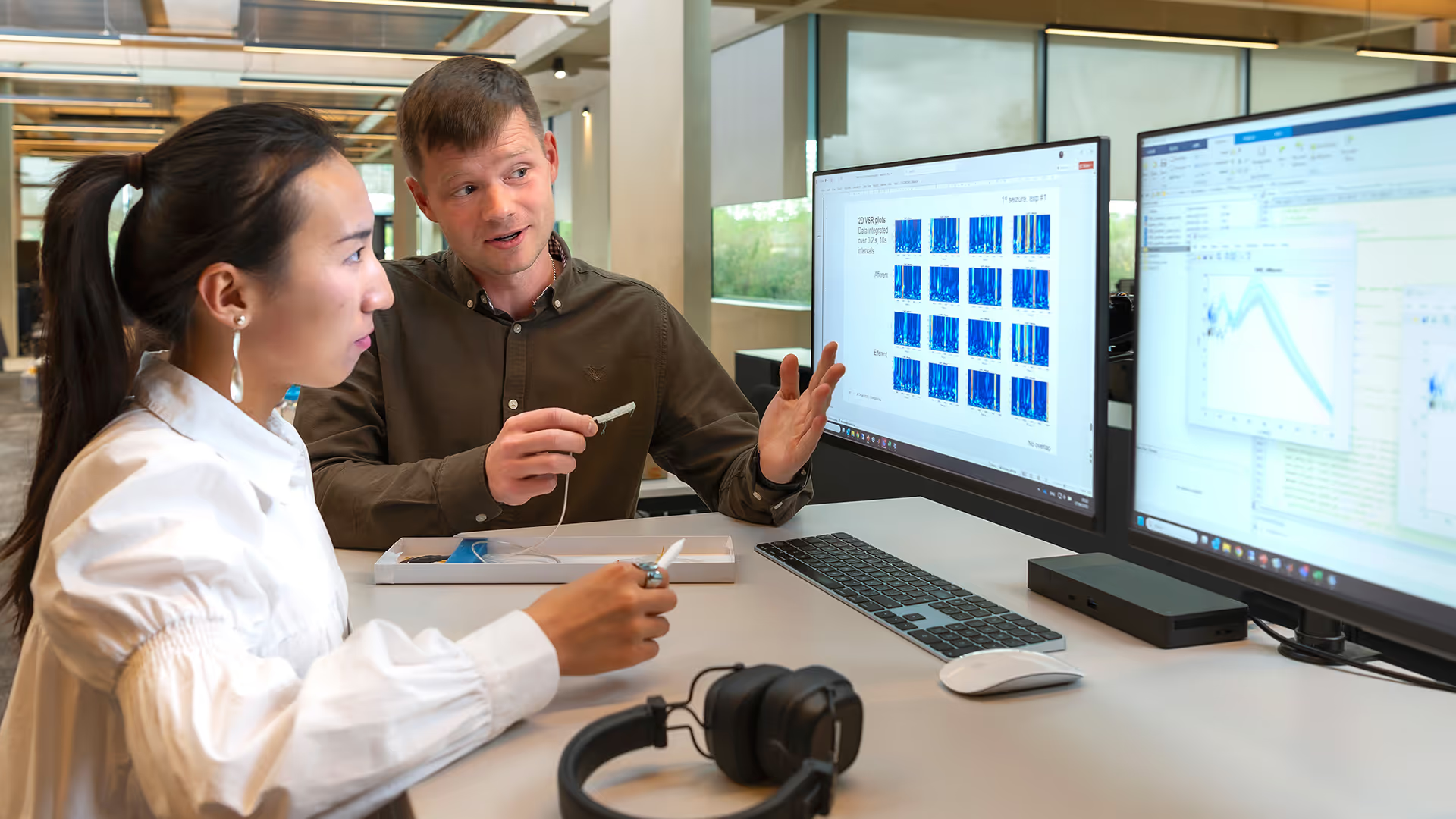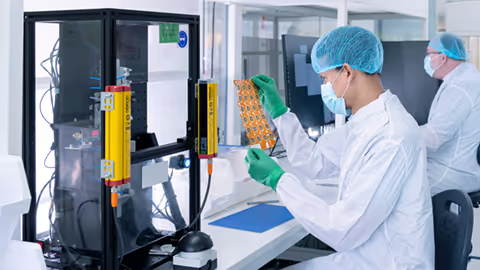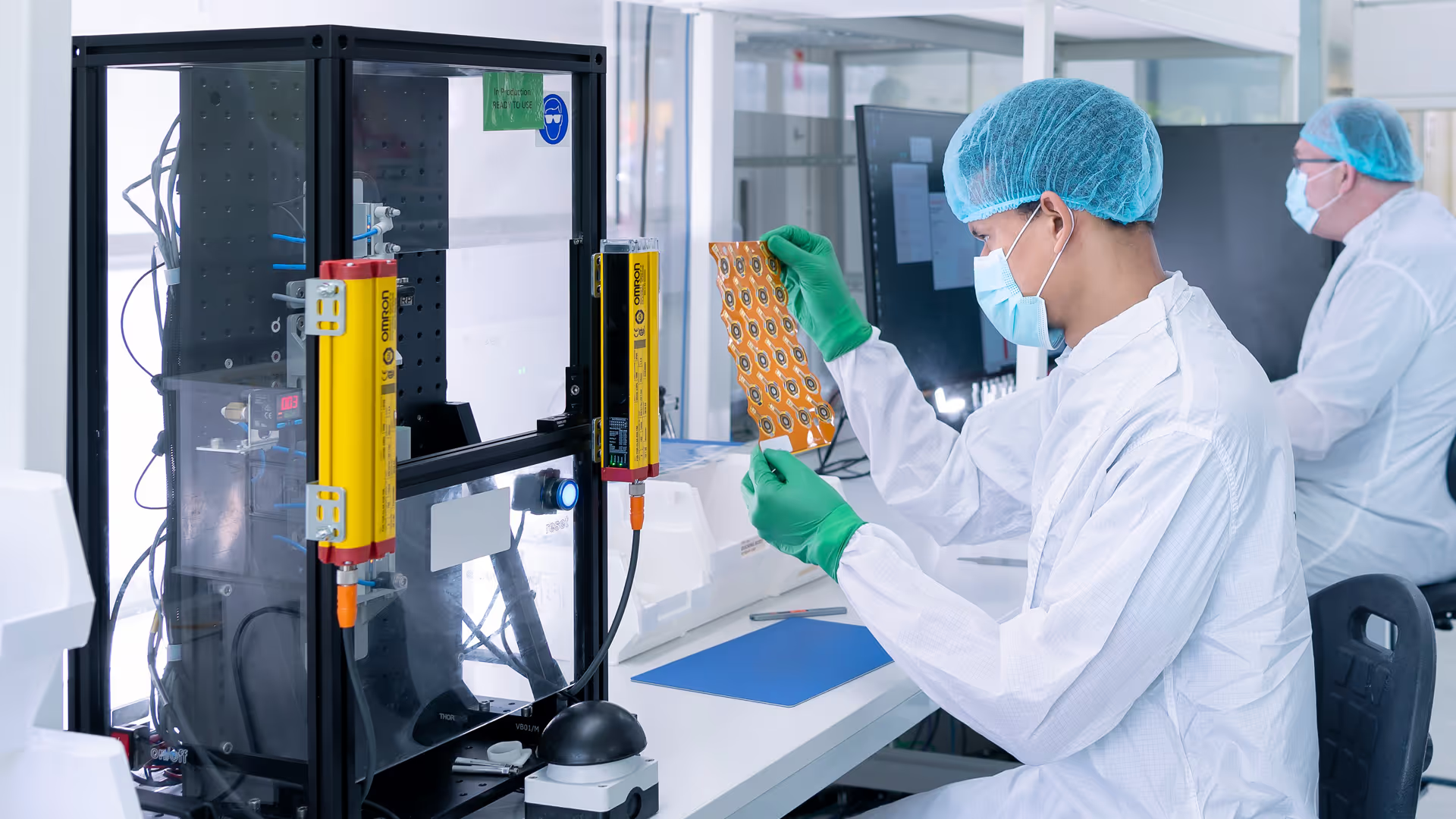Designing for size constraints without sacrificing connectivity
One key area of focus is antenna miniaturisation: by considering the antenna structure and implant ground plane together, it’s possible to achieve the required connectivity without compromising size.
Over the last 10 years, implantable sensors have emerged as useful tools for numerous medical applications, with a focus on surgically implanted devices for cardiac and neuromodulation applications. Numerous physiological parameters can be measured, including cardiac ECG rhythms, blood pressure and flow, electrical impedance, motion, temperature and small-molecule concentration. In each case, the readings are transmitted wirelessly to a smartphone or dedicated monitoring device.
But where a sensor needs to be implanted – as is the case for certain continuous glucose monitors (CGMs) for people living with diabetes – size becomes the major constraint. Even when taking advantage of modern battery technologies and low-power Bluetooth® technologies, the batteries will inevitably take up a considerable fraction of the implant volume, limiting the allowable space for sensor, electronics and the RF antenna.
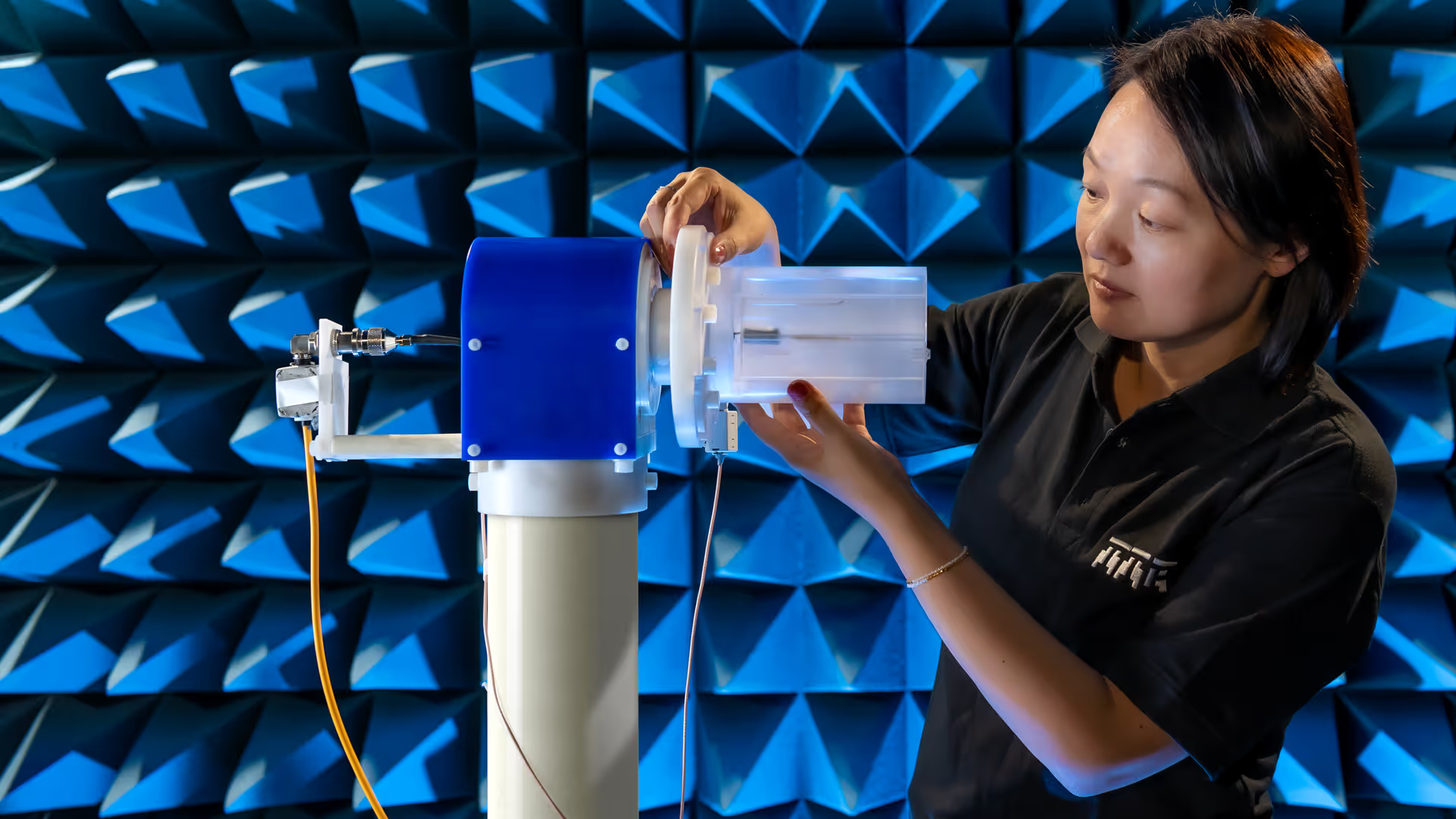
For implantable CGMs with an inherently short sensor lifetime, miniaturisation is vital in order to allow the device to be implanted in a routine outpatient procedure.
Approaches for optimising antenna performance
Balancing size and signal strength
Designing the antenna is typically the most challenging aspect of small implantable design. Although various constraints are involved, including device shape and orientation, it’s the need for miniaturisation that is the main issue.
Antenna performance is strongly size-dependent, which leads to a challenging trade-off between compactness and transmission efficiency. In implantable devices, ‘magnetic’ (loop-type) antennas are often used because, for a given size, they suffer less near-field signal loss from tissue than ‘electric’ (linear-type) antennas.
Leveraging ground planes for improved efficiency
A further way of maximising the performance of the antenna in an implant is to take advantage of the ground plane. For electrically small antennas, designing antenna structure in conjunction with a conductive reference or ground plane can enhance radiation efficiency and bandwidth by stabilising the current return path, increasing effective radiation resistance and helping compensate for the antenna’s inherently small size.
TTP’s biosensing team investigated this approach in a recent project, developing two prototype designs to evaluate performance. Building on these results, we considered antenna design together with the main PCB ground and battery casing (and other system components) as ‘ground extensions’.
Our modelling of implant and antenna performance suggests that as this approach can mitigate the efficiency loss that occurs when the antenna is miniaturised and that the necessary antenna performance for an implantable CGM can be achieved.
Evaluating real-world performance through simulation and testing
To determine optimal solutions, we also evaluated the full radiation pattern of our antenna designs in the context of real-world use scenarios. In particular, connection between the CGM implant and the user’s smartphone needs to be maintained whether different users are standing upright and holding the device in front of them, place the device in their back pocket on the other side of their body, or when they’re sleeping and the device is on a bedside table.
Magnetic antennas (also known as loop antennas), with an appropriately sized ground plane, are generally the favoured setup for small-form-factor implantables.
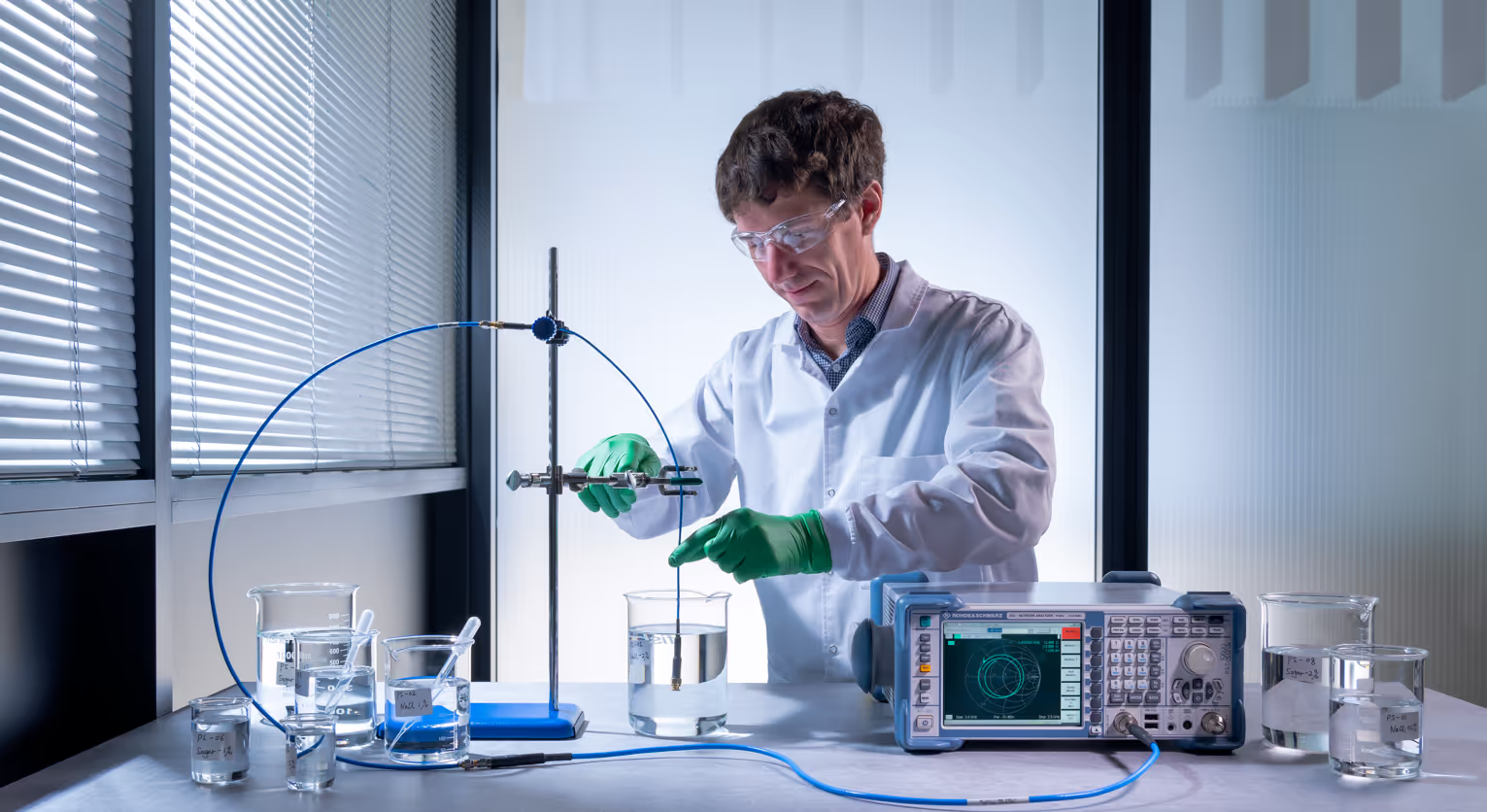
Expertise in balancing trade-offs in medical device design
Simultaneous optimisation of the antenna and ground in the context of overall system design is critical when designing an implantable sensor, in order to find the ‘sweet spot’ for antenna performance and so achieve a viable design.
With our expertise in systems modelling, we’re well positioned to help manufacturers to address design challenges where data needs to be communicated wirelessly and space is at a premium – including wearables, neurotech and ‘smart’ drug delivery devices.
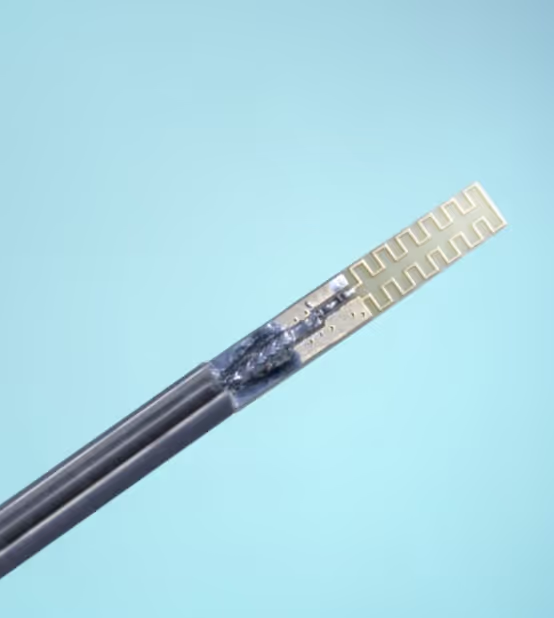
Get your copy
Download the e-Book to find out more about how we used this approach to optimise the design of an injectable sensor for continuous glucose monitoring.
